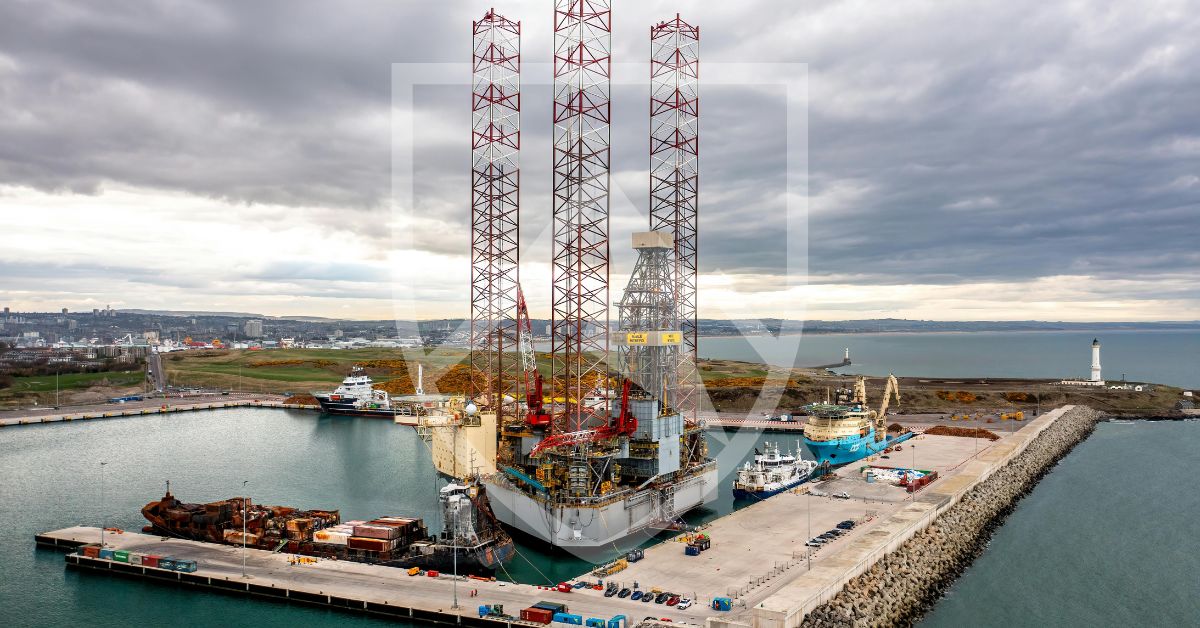Navigating Energy Trading: Spot vs. Futures, A Deep Dive ⚡
The market for Energy Trading is defined by its constant, dramatic volatility. For businesses that depend on commodities like crude oil, natural gas, or refined products, understanding how to buy and sell is just as critical as understanding what to buy and sell. Consequently, market participants must choose between immediate acquisition and forward planning. At Crestmont Group, we guide our clients through the strategic decision between spot and futures contracts in Energy Trading, ensuring they maximize efficiency and minimize risk.
The Spot Market: Immediate Acquisition in Energy Trading
The spot market represents immediate physical delivery. Essentially, a spot trade is the purchase or sale of a commodity for cash with the agreement that the exchange and delivery will happen almost immediately.
- Definition: The current market price at which a commodity trades for instant settlement.
- Advantage: Speed and Accessibility. It provides instant inventory, which is crucial for addressing immediate operational needs or supply chain emergencies.
- Disadvantage: Unpredictable Pricing. You lock in the price instantly, meaning you have zero protection against sudden, unfavorable price spikes just before the transaction.
Therefore, businesses often use the spot market to manage short-term operational gaps or to liquidate excess inventory quickly. However, relying solely on spot purchases exposes your business to maximum market risk, a vulnerability we help clients avoid.
The Futures Market: Forward Planning and Risk Management
The futures market, in contrast, operates on an agreement to buy or sell a fixed amount of a commodity at a predetermined price on a specified future date.
- Definition: A contract based on the expected future price of an asset.
- Advantage: Price Certainty. It removes price volatility risk, enabling accurate budget forecasting and stable profit margins.
- Disadvantage: Obligation. Both the buyer and the seller are legally bound to fulfill the transaction, regardless of the spot price when the contract expires.
Furthermore, the futures market is vital for executing forward contracts in commodity trading, which we previously discussed as a primary tool for securing price stability. This allows you to integrate Energy Trading into a broader strategy for risk management sustainable growth.
Strategic Integration for Energy Trading Success
We believe the most successful Energy Trading strategies combine the flexibility of the spot market with the security of the futures market. Our approach helps clients use futures to lock in the bulk of their expected demand, protecting their core business from market swings. Then, they use the spot market for marginal, flexible needs.
Specifically, our expertise helps clients utilize derivatives like options and swaps alongside futures, which are complex tools we explore in our guide on advanced hedging strategies. This layered strategy ensures our clients gain superior price security without sacrificing operational agility. You can delve into the official rules and structure of futures trading on exchanges like the CME Group.
Ready to transform your Energy Trading strategy? Contact Crestmont Group today to see how our expertise can maximize your profitability.






